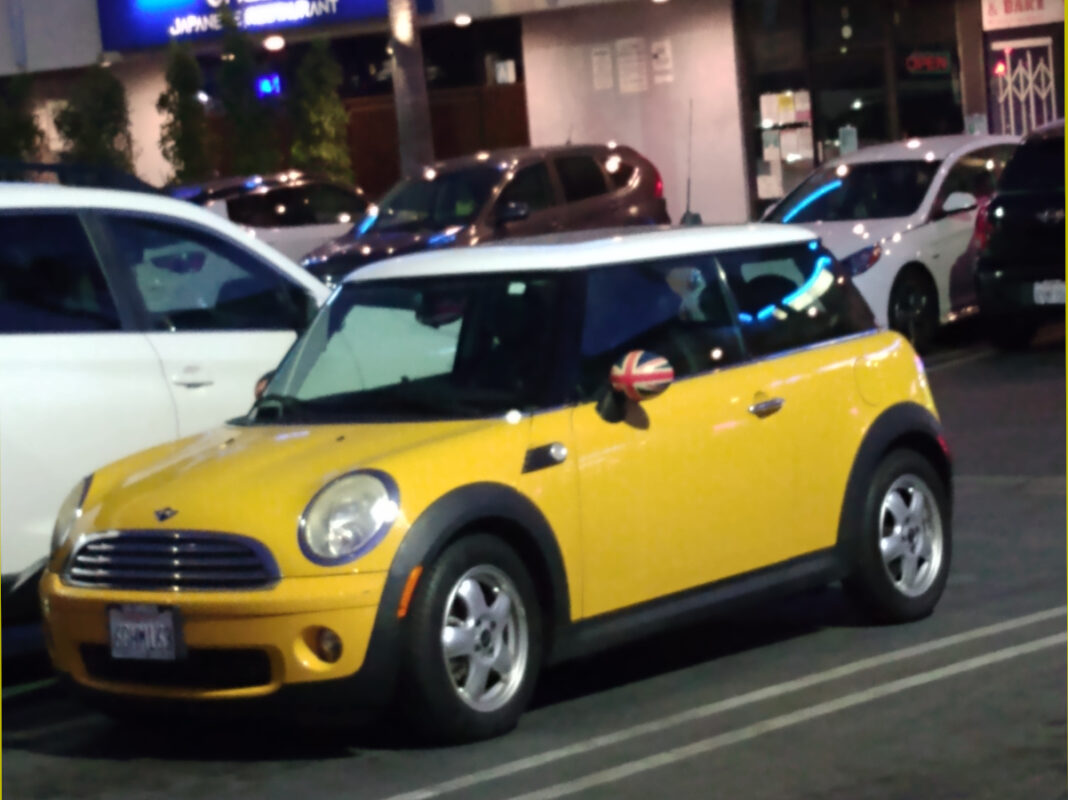UNITED STATES—Amazingly, the man had a plan again. He waited, biding his time, even though to all outward appearance he was pursuing an idyllic retirement. His broker considered the Russian completamente loco. The project of transforming his brick house built by a cotton broker into a showplace –something he’d always dreamed of doing—consumed him.
Working with the Italian tile masters and the Honduran ebaneristas it turned into the place, whiter that white, a Fabergé jewel like creation, indeed alabaster treasure, you expected to look into a window and find a bejeweled abode: the mirrored ballroom with the rose wood floor, resplendent under the opalescent crystals of a huge Swarovski chandelier that could cause some real damage if it ever landed on marauding pirates, the spiral staircase that lead on a Honduran ebony balustrade from foyer to the second floor, the eighteen stout Tuscan columns. Intercoms connected all the 18 rooms, a library full of all the books you’d ever take to a desert island bound in softest vellum and titles in gold leaf, predestined never to be read, though Sam remarked, “If I don’t read them, somebody will.”
The whiter than white mansion, in true janusian New Orleans fashion had two addresses, one was 6999 St. Charles Place, the front door faced, but was officially 3 Audubon Place, the more prestigious of the two addresses. The guests could go in one door and the bodies come out of the other.
“Folks say funny things about rich folks,” said Lamont. “They must envy them or like the idea of being rich, but is too lazy to get to work. And where they got the idea that Mr. Sam had me get out of the car when I was driving him and see that the hubcap decorations were all lined up—well that’s just balderdash. He hardly never rode in a car, that man walked.”
The Audubon St. address had that Bostonian cachet that Sam had grown to appreciate with time, a New Orleans opulence. An intimidatingly fashionable address suited him. The place was acquired around the time of the Armistice, the year before Sam Delaney II was born. Sam, Jr. would be the apple of his father’s eye, his daughter was in grade school and the address ensured a quality education. Their daughter Rebecca was already in sixth grade at the Ursuline Academy (founded 1727, motto “We serve”) when Sam Jr. was born. The St. Charles trolley passed by the other side of the house with its portico and grand entry stairs, a rowdier, more bustling side.
His servants and Rebecca all humored Sam that he was a regular guy who rolled up his shirtsleeves. But he was on his way to something else. He was already known in New York and Europe, too, a famous man and fodder for the photo magazines. The Banana King who rolled up his shirtsleeves.
Sam’s retirement started out turning the antebellum-inspired manse into a Beau Arts palace, using the wealth with the stack shares from the sale of Chamelecón. It became whiter the white, imbued by an ivory glow. And he got to know, a year after the market crash when they danced the inaugural dance in the jeweled ballroom couple gliding, doing the Lambeth walk, over the parquetry of birds-eye maple and mahogany. San denounced the father of psychanalysis, as Sigmond Freud. It was Freud who posited the idea that house is ego. Then to be a wayfarer as Sam was, to be free, he had to rare gift to furbish this ornate palace in a wide expanse of Kentucky bluegrass.
Rebecca trembled a bit when Sam said, as he often did after a drink of Dewar’s White Label, “Home is where my hat is.”
Rebecca knew he meant it. There was something at the heart of this man that at once enjoyed the voluptuous accessories of wealth and also accepted that it could all disappear in a trice. It could disappear in as long as it took God to summon a lightning bolt. His father and uncle were out hunting wild boar and they trudged forward.
They called after, “Yankel. . . are you there?”
There was a grumbling in the sky. The hunting party had to retrace their steps in the fields. He was awake and fine and when they lifted him up, a flush of blood shone in the winter wheat.
Sam built his own private golf course, as part at of “Plantation” getaway in Northern Mississippi with a pine lodge and hot springs, because the New Orleans Country Club was restricted. And they would not have him. Further, he was shunned, snubbed really, by the haughty Jewish folks who ran their own country club. Sam secretly coveted this rejection, for it made him stronger—this ample proof positive that Crescent City was a mean place and he couldn’t wait to get back.
One year, two years passed. Then near his 50th birthday, he picked up the Times-Picayune he saw where the Union stock was, to a 10th of it 1929 value, and now it was time to pounce. President Hoover was facing an uphill battle. The cowboy laureate Will Rogers joked that Hoover makes a great vacuum, “It gets all the fine dust out of your carpets and cleans out your savings accounts like nobody’s business.” The phone call was made, the bid was in play to have a controlling share of stock in Union, his arch-rival and nemesis in the banana trade. Same just had to sit back and he’d be boss again.
“Retirement is wonderful,” Sam later said, “Everybody should try it sometime.”






